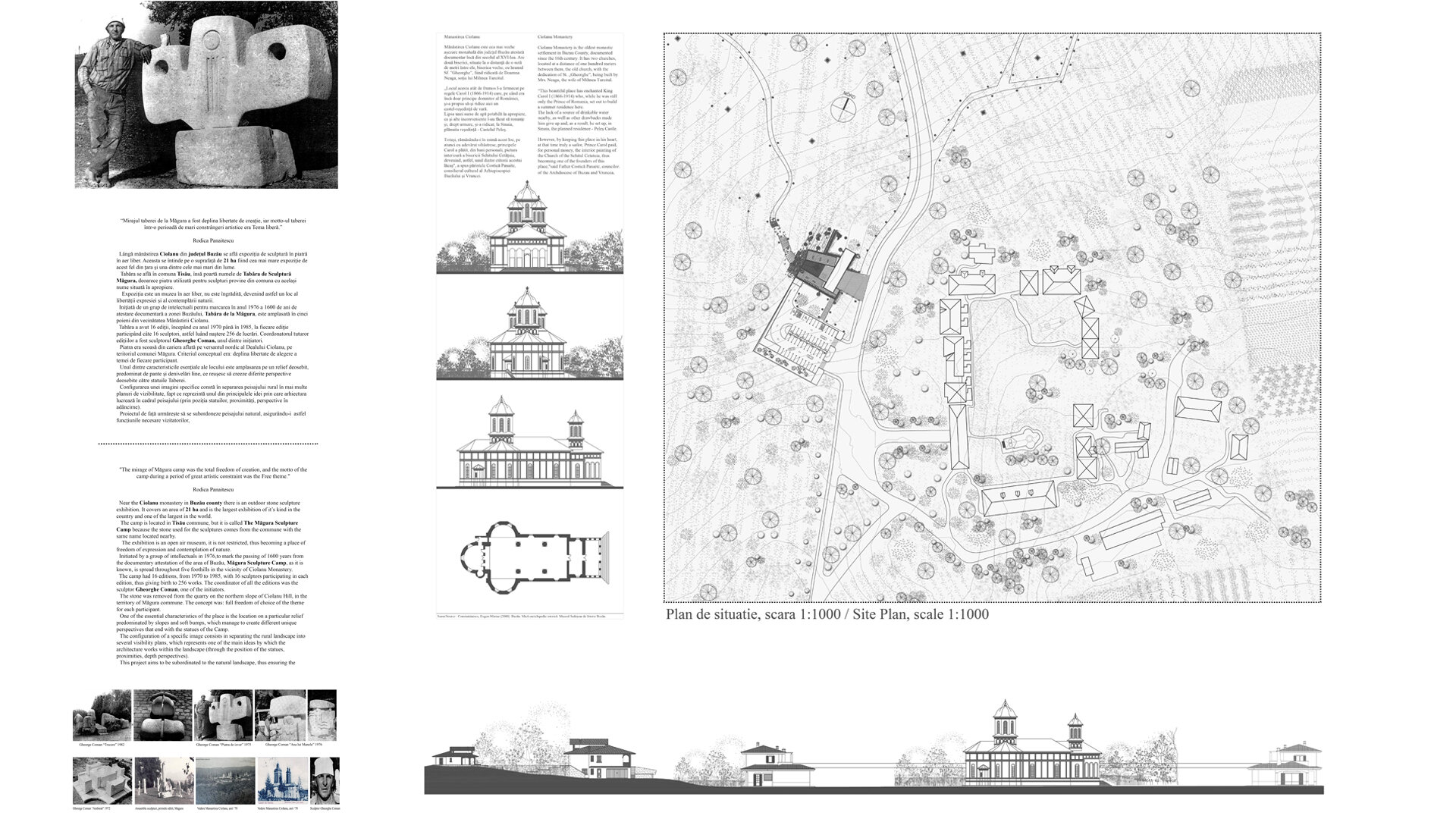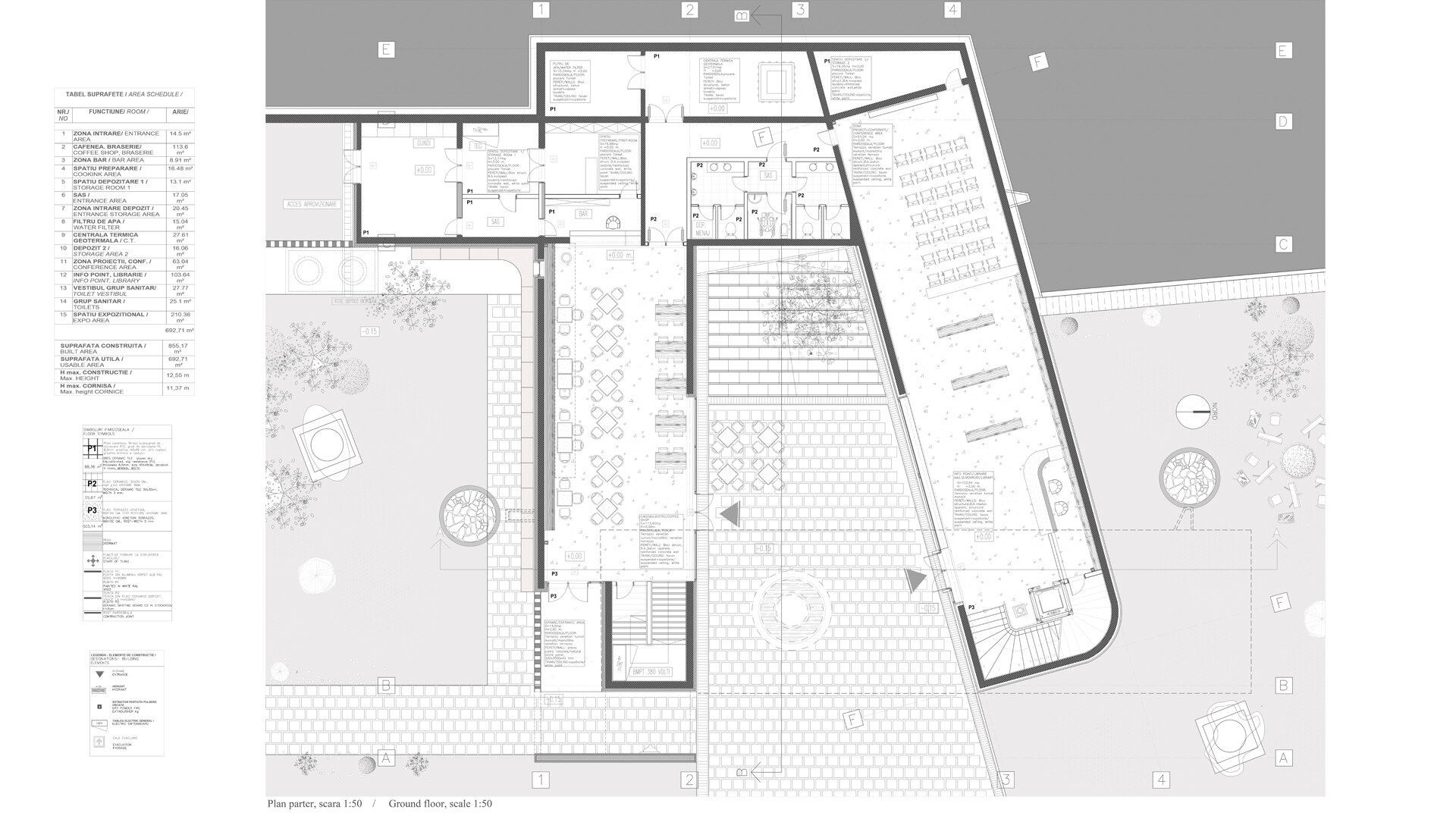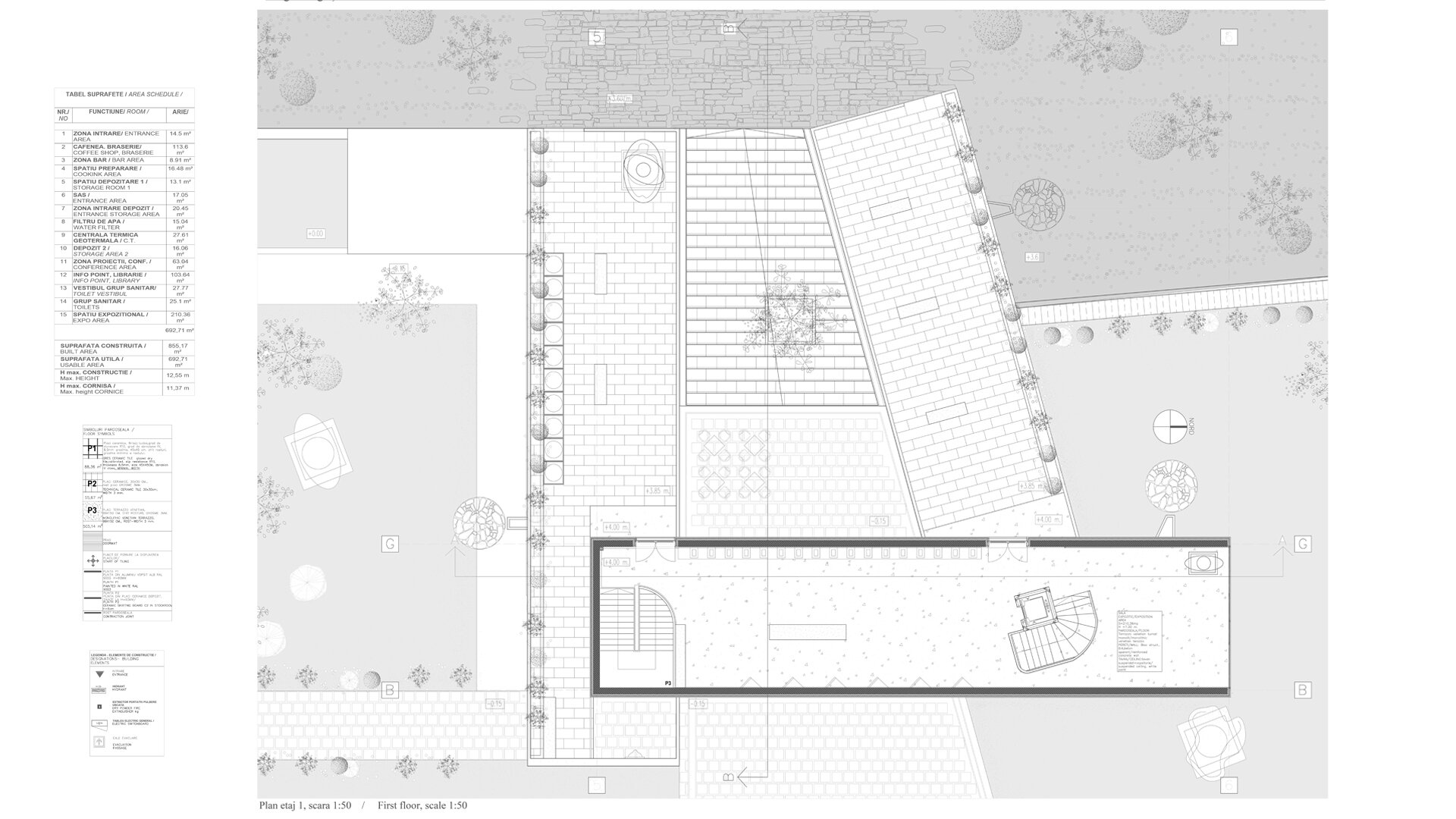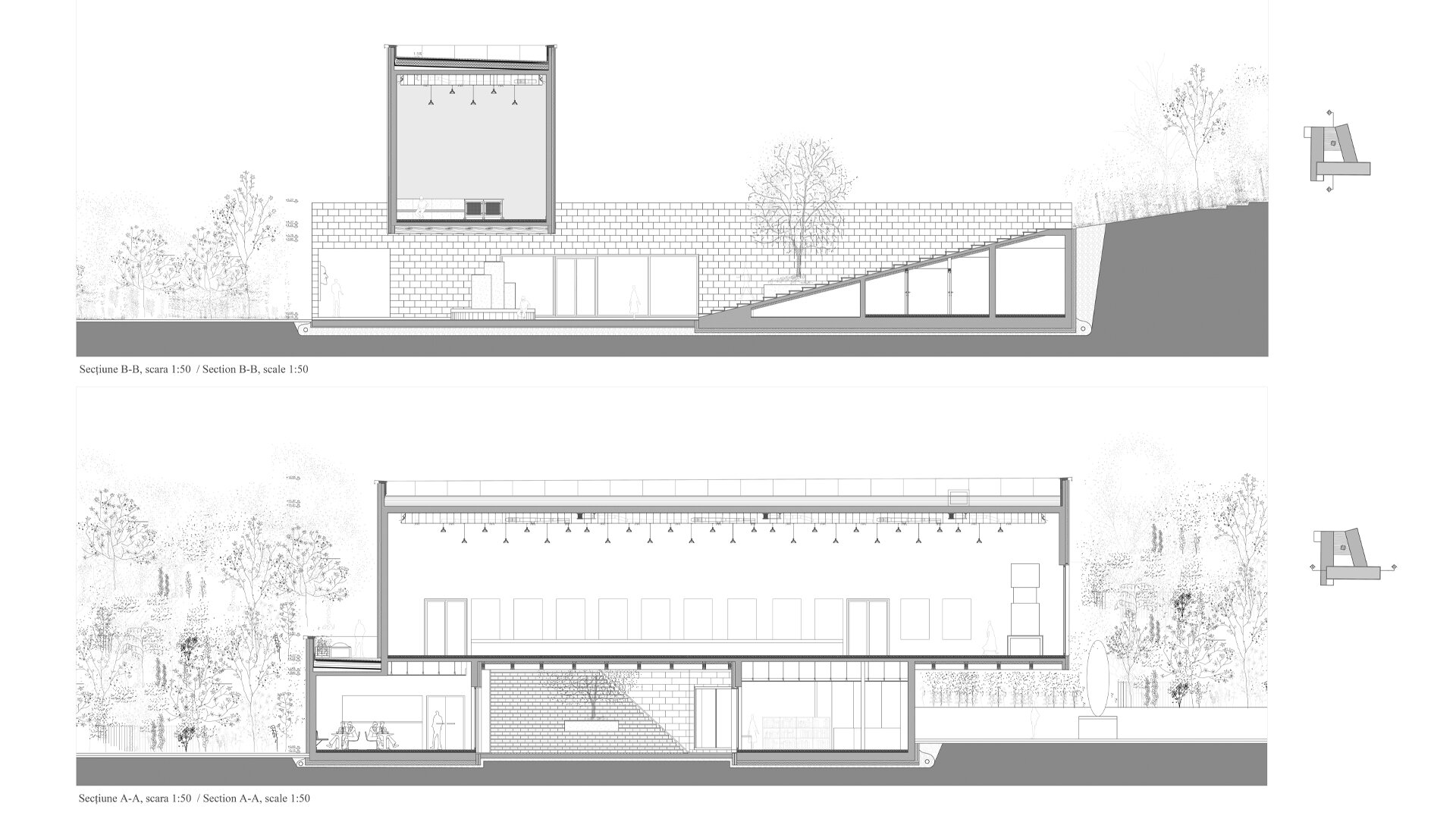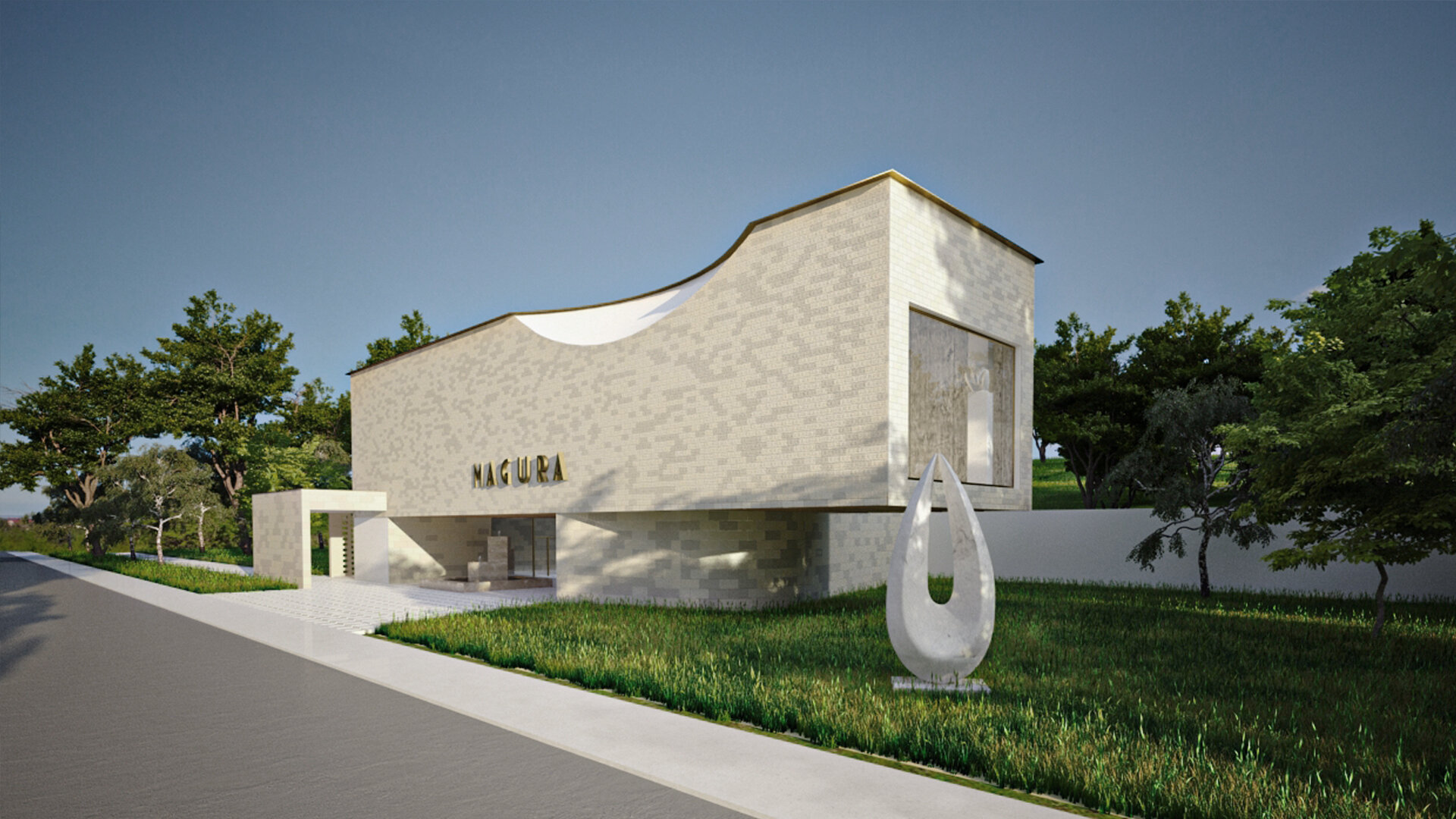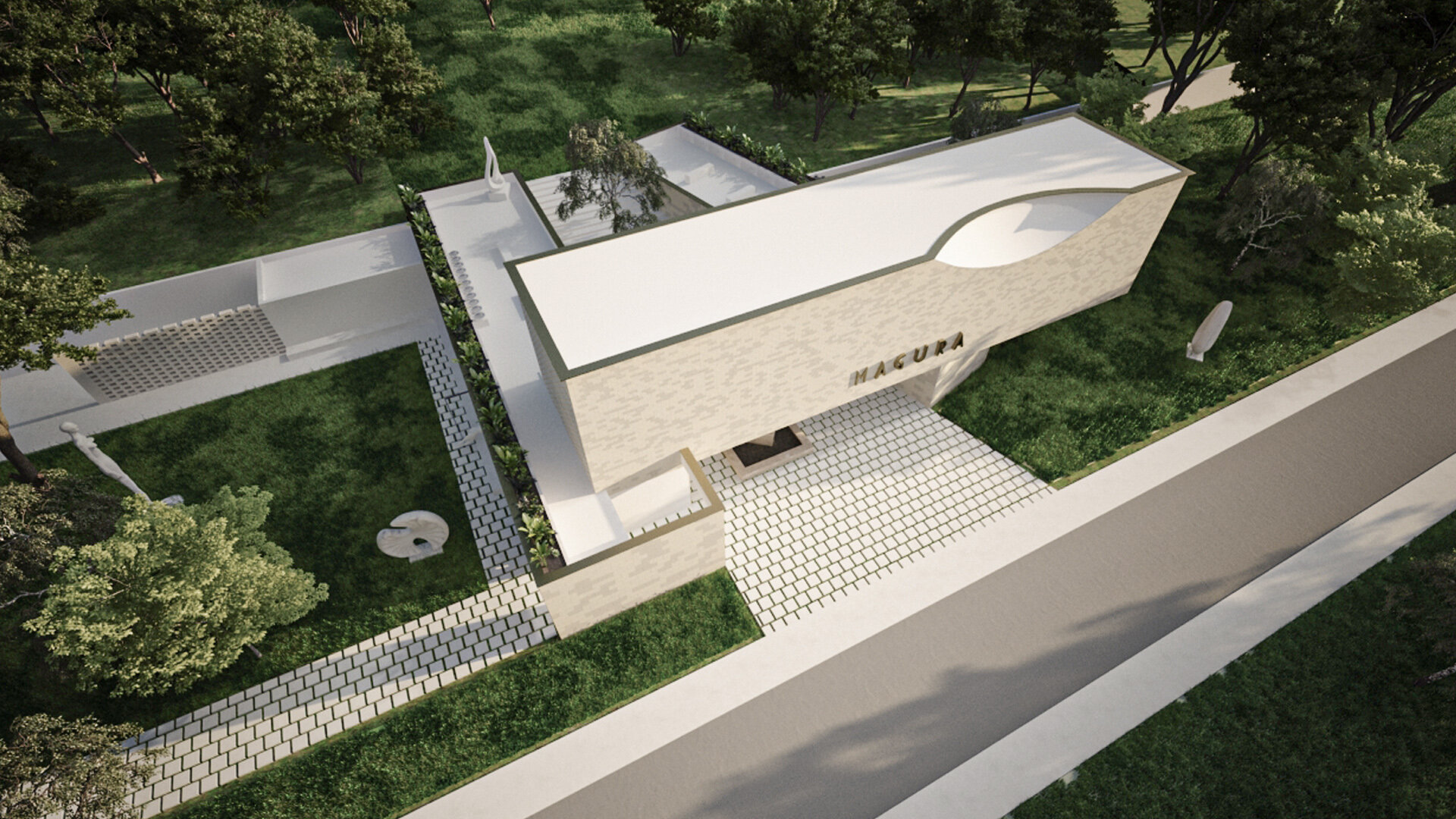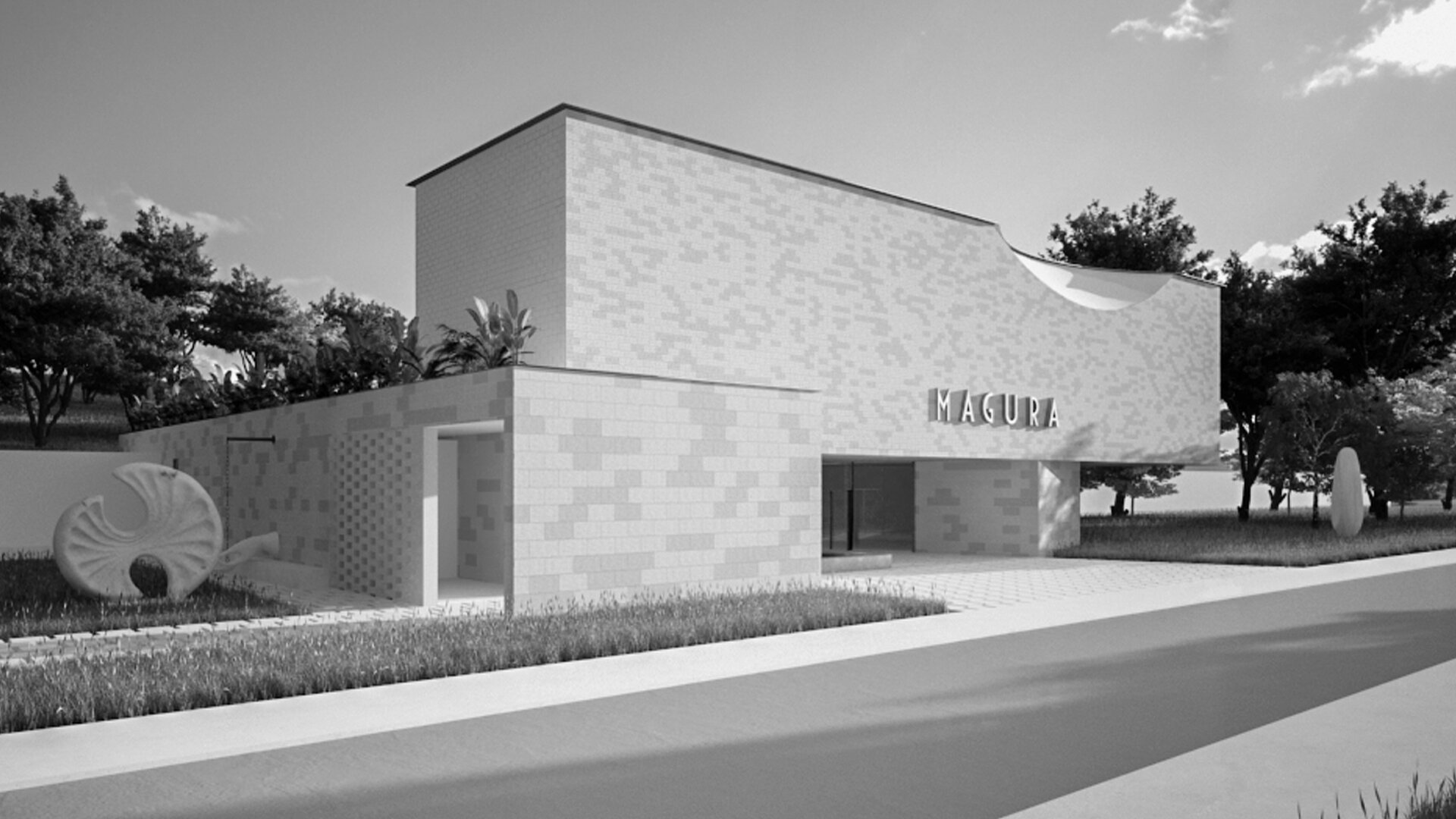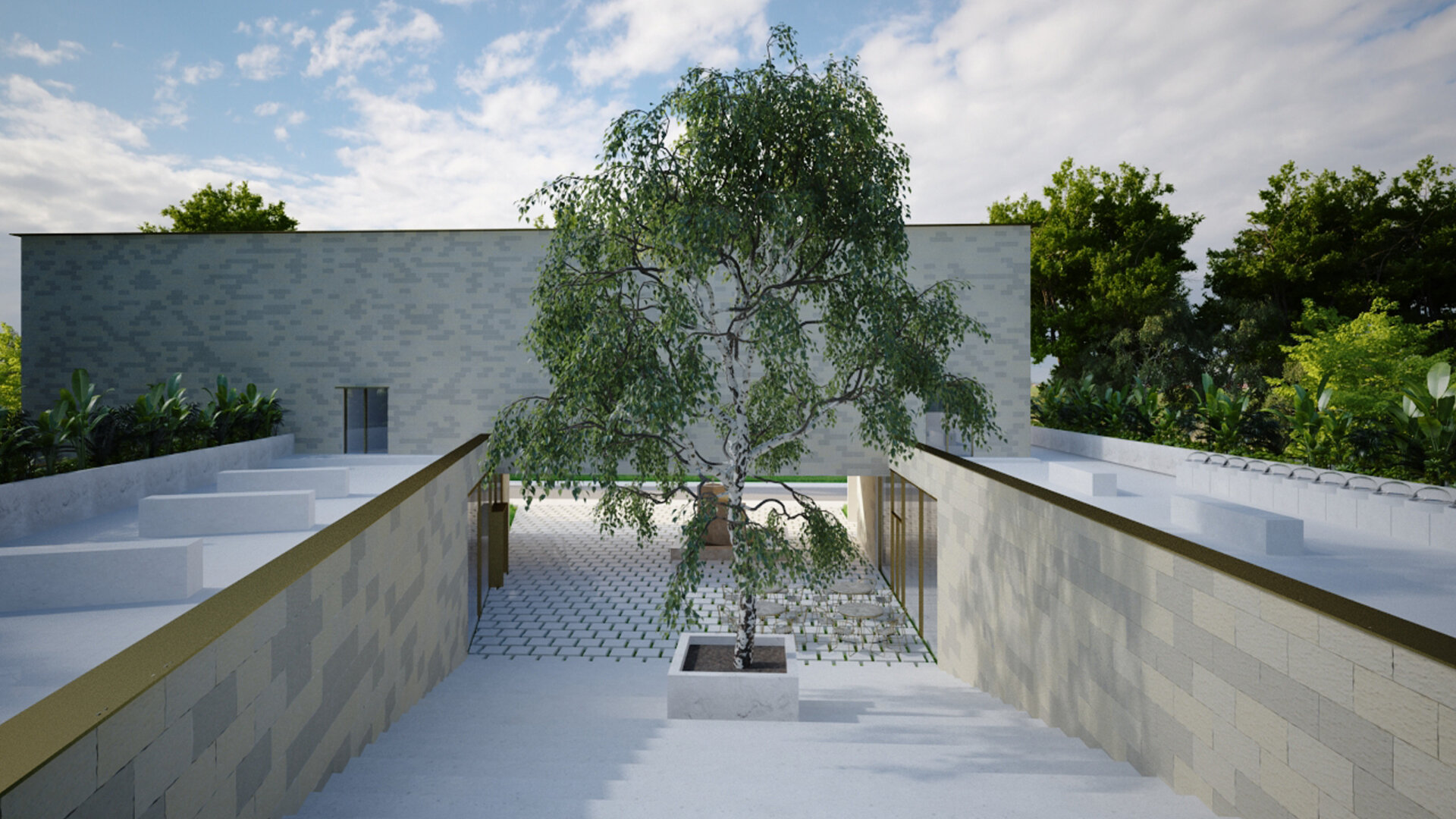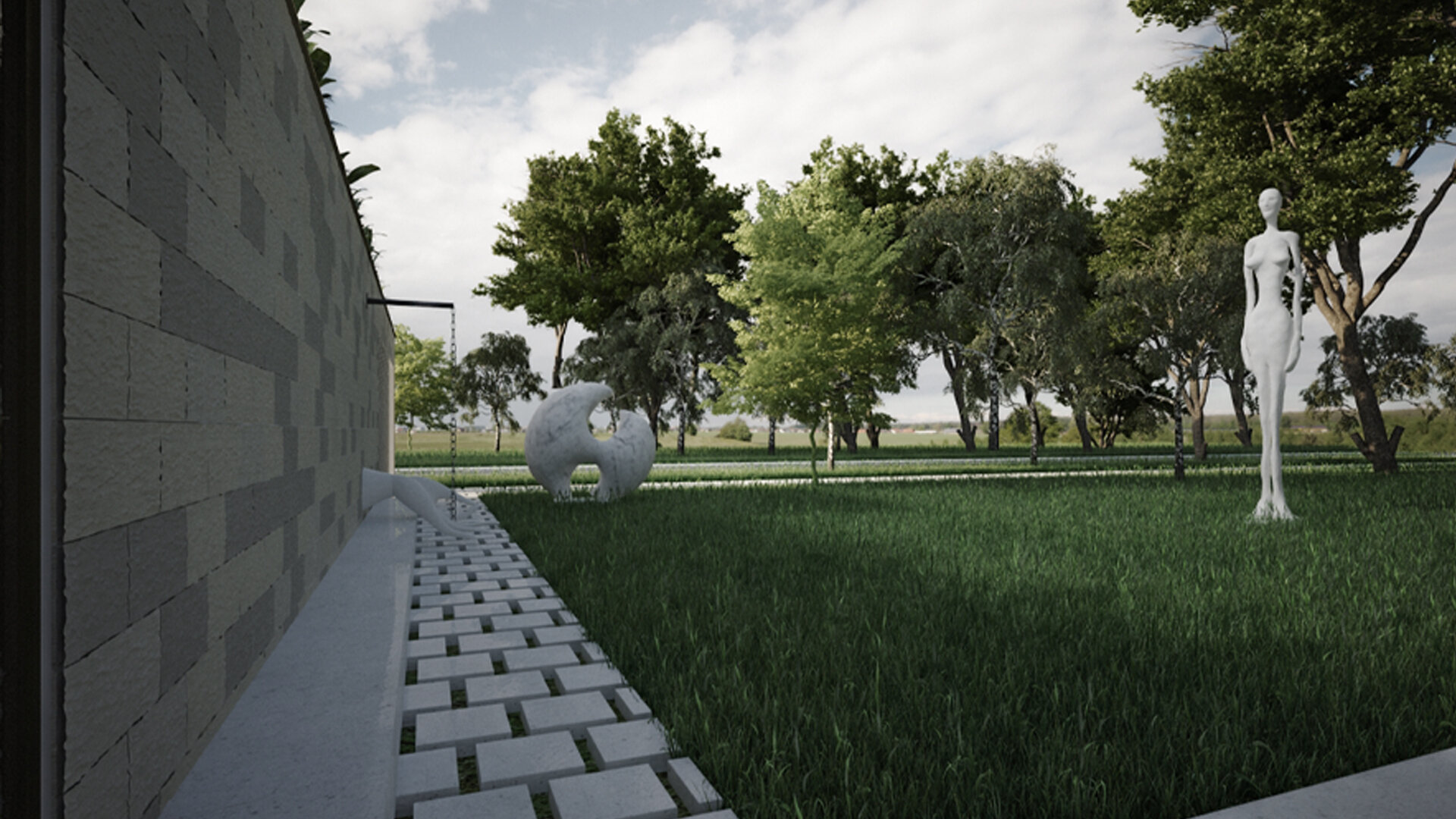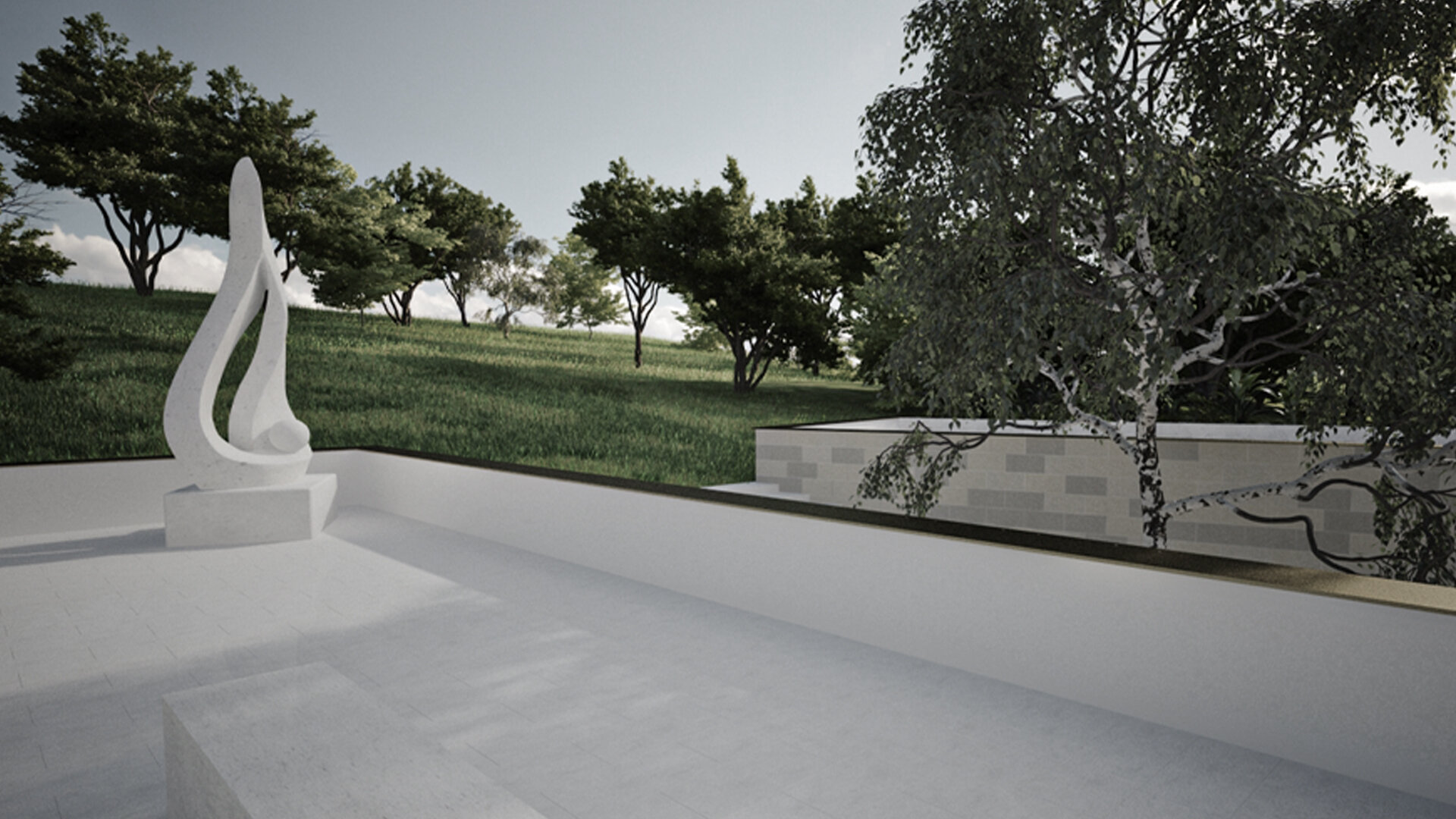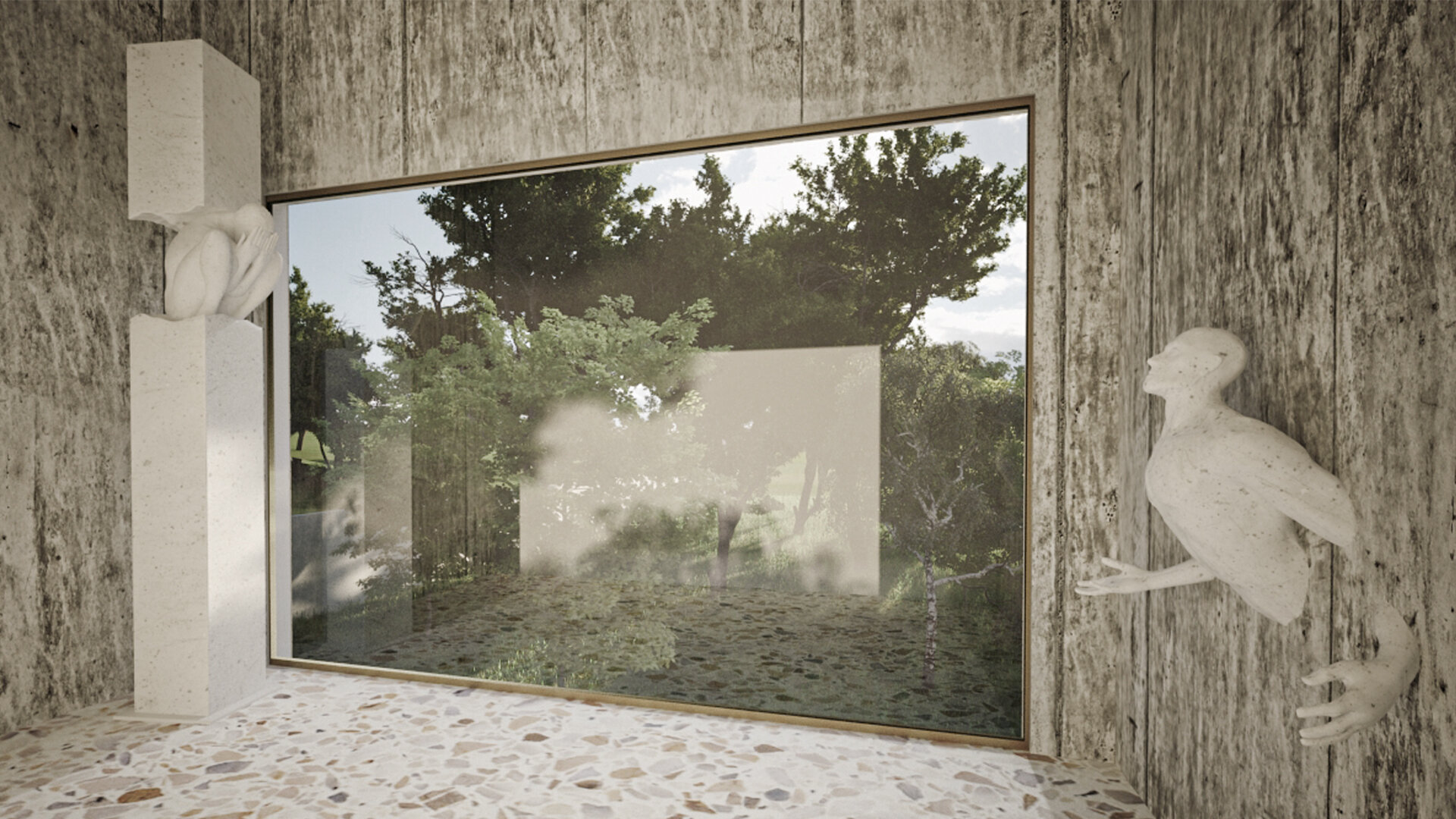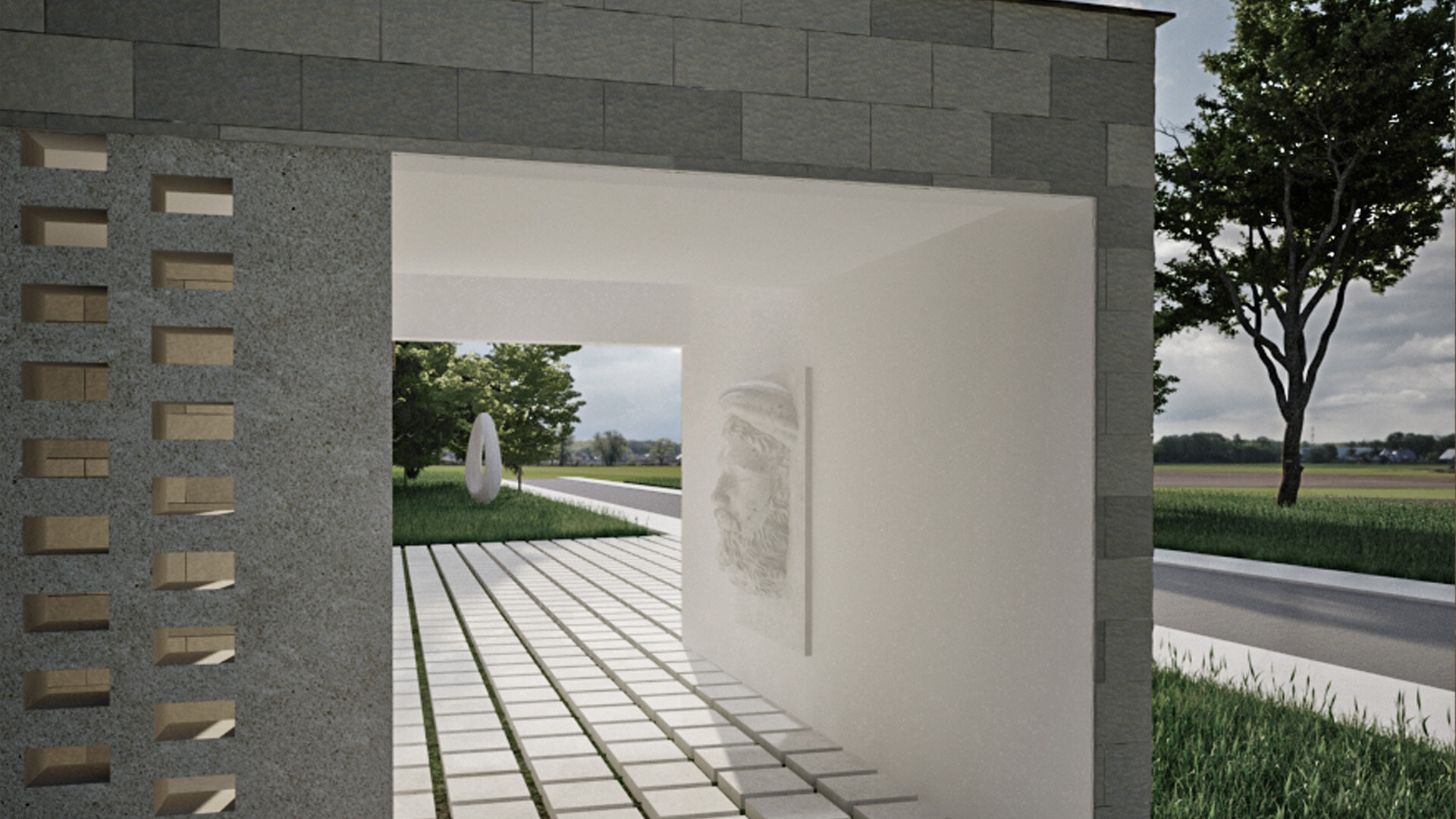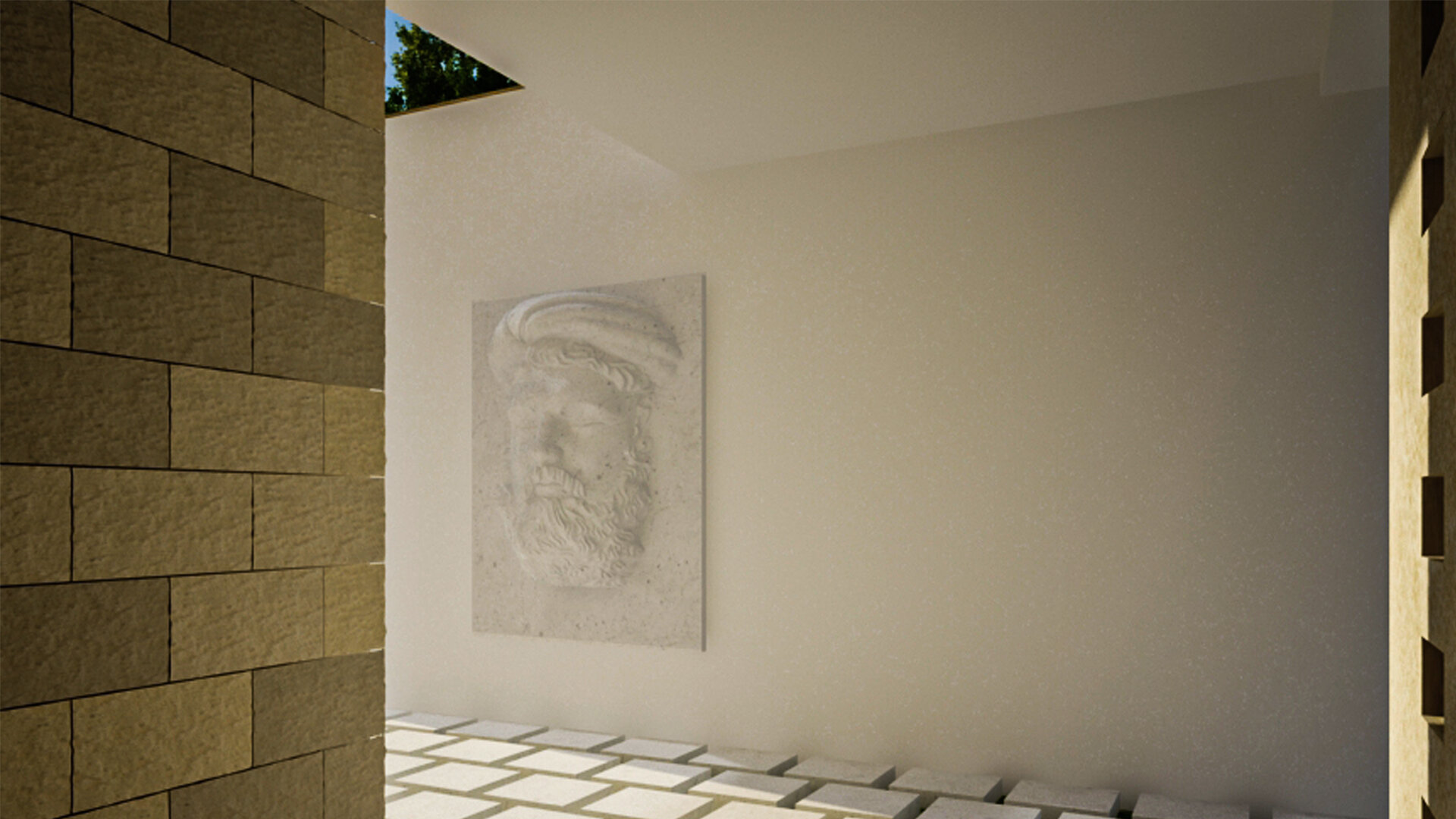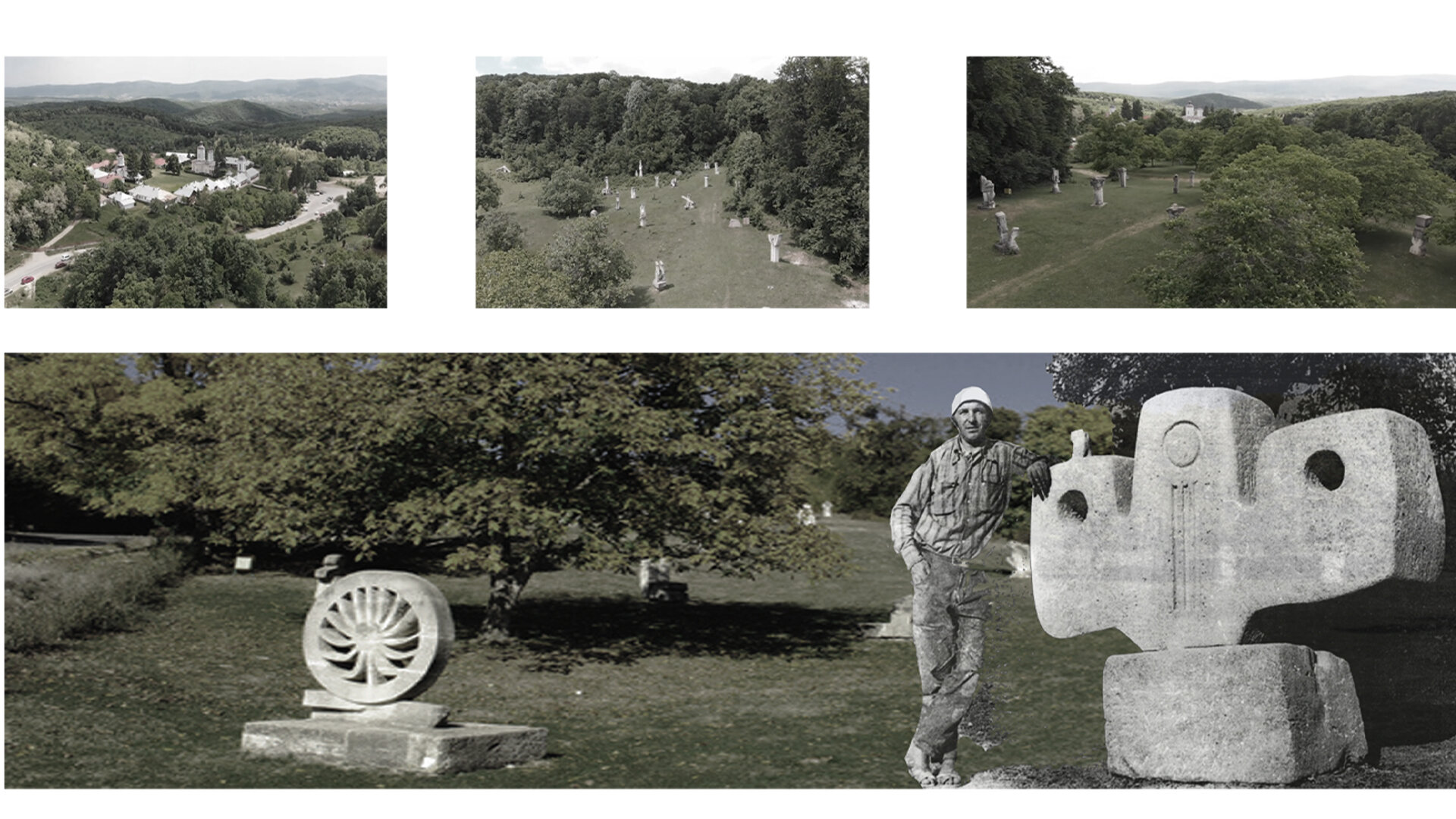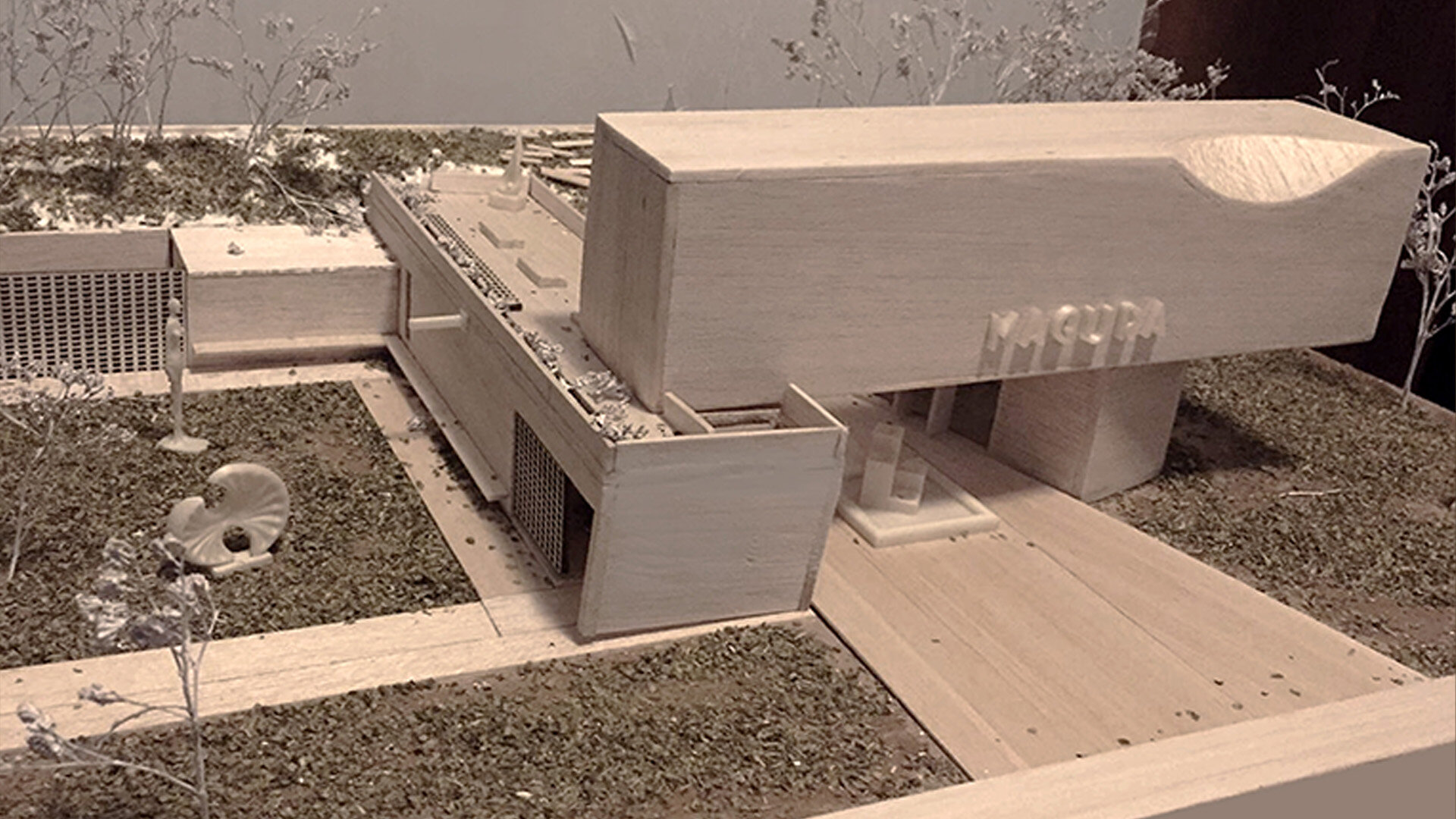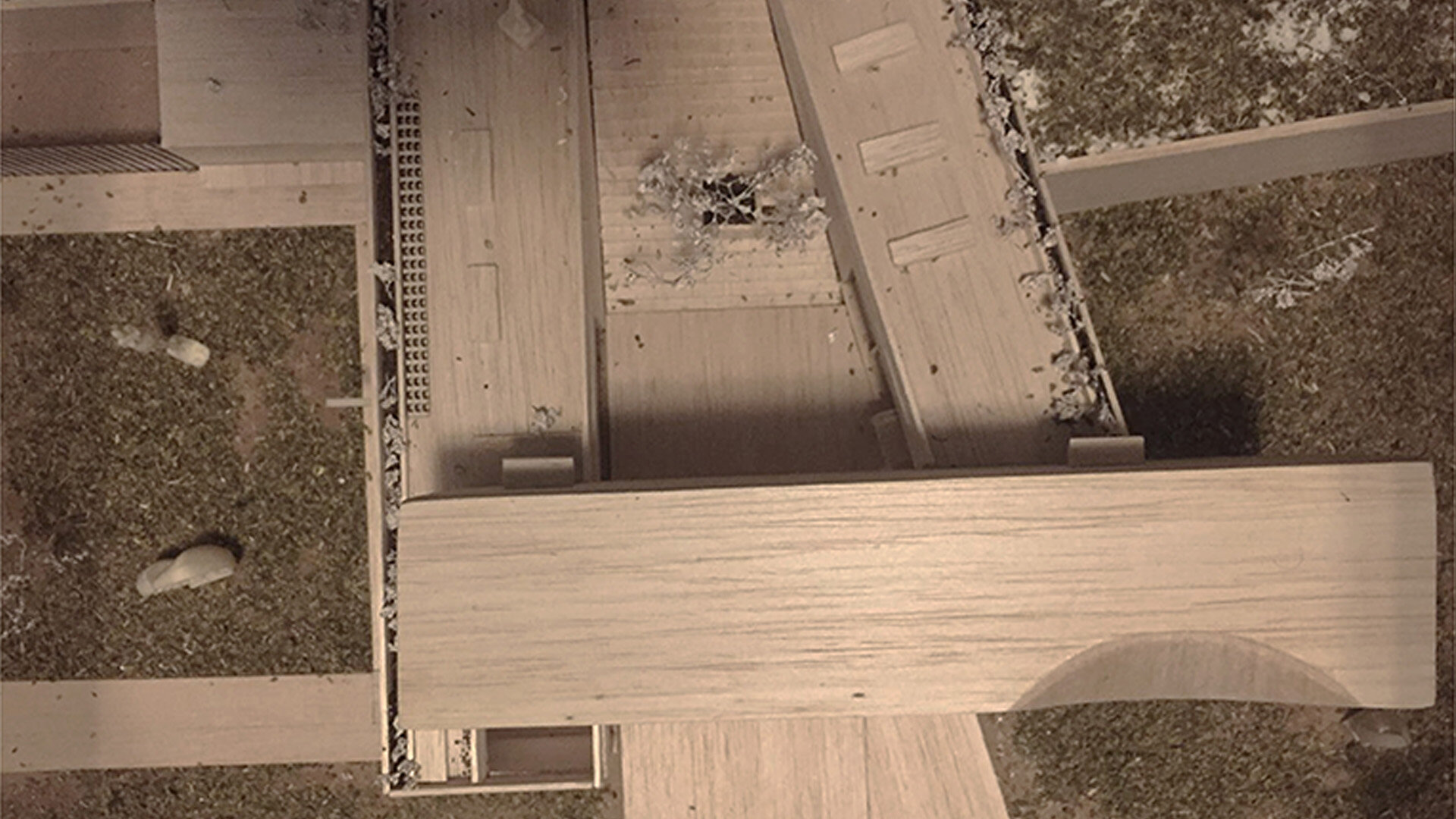
Pavilion complex within the “Măgura” sculpture camp, Buzău
Authors’ Comment
"The mirage of Măgura camp was the total freedom of creation, and the motto of the camp during a period of great artistic constraint was the Free theme."-Rodica Panaitescu Near the Ciolanu monastery in Buzău county there is an outdoor stone sculpture exhibition. It covers an area of 21 ha and is the largest exhibition of it’s kind in the country and one of the largest in the world.The exhibition is an open air museum, it is not restricted, thus becoming a place of freedom of expression and contemplation of nature. Initiated by a group of intellectuals in 1976,to mark the passing of 1600 years from the documentary attestation of the area of Buzău, Măgura Sculpture Camp, as it is known, is spread throughout five foothills in the vicinity of Ciolanu Monastery.The camp had 16 editions, from 1970 to 1985, with 16 sculptors participating in each edition, thus giving birth to 256 works. The concept was: full freedom of choice of the theme for each participant. One of the essential characteristics of the place is the location on a particular relief predominated by slopes and soft bumps, which manage to create different unique perspectives that end with the statues of the Camp.This project aims to be subordinated to the natural landscape, thus ensuring the functions necessary for visitors. It was created by the wish to make the “Camp” story known, because for years it has been neglected, the same as other important heritage objectives of Buzau County.I wanted to create a starting point, a place where visitors can find information about sculptures, local traditions and everything about this place, but also have the necessary utilities for a pleasant visit, such as relaxation areas, café, bookstore, souvenirs store, exhibition room, sanitary groups, etc.The concept started from the original blocks of stone received by sculptors by drawing lots, from which the sculpture was to be created.Thus I have placed three stone building parts, starting from the base of the hill and gradually climbing to the Camp, so visitors will have a starting point in this course, but also a final one. The upper body represents the exhibition hall, and the upper “cut” symbolizes the beginning “sculpture”, and time will be the most true artist.
- Beyond the ruin. The conversion of the former tobacco warehouse of Isaccea
- Balneo-physio-therapeutic recovery center. Extension of Sylva Villa, Băile Govora
- Shelter with dignity
- The Bucharest City Loop
- Fort 13 Jilava. Political repression museum and research center
- Activating industrial premises – Student Center
- Hotel at Capidava
- Palaeontology research and visitor center – Hațeg District
- Memorial for the jews of Bukovina
- Agri-Park on the Nikolics domain
- Johann Michael Haydn Music Institute
- Creative Industries Factory in London
- Urban Cistern, Amman
- Refunctionalization and extension of the former sanatorium for border guards, Herculane Baths. Centre for body-mind treatment and accomodation
- “Țara Hațegului” International UNESCO Geopark. Fragments. Territorial diversity path
- The Roundhouse: built heritage academy
- Equestrian center of recovery and leisure on the former racecourse of “Nicolae Romanescu” park
- House of Movement. Ballet school and performing arts center in Bucharest
- Lacustrine Resort. The Danube River at Corabia
- Ludoteca
- Extension of the Baths ensamble, Băile Govora
- Drama Memorial
- New Public Architecture as Infill in Historical Context, Bucharest
- ECORIUM Local ecosystem research center
- Artist in Residence – Nae Petrescu Houses – Plantelor Street No. 56-58
- Extention of Public School of Arts and Crafts
- The Castle with Unicorns. Reactivation through school, arts and crafts of the Kornis Castle Ensemble in Mănăstirea Village
- House of games
- A New City Center – Conversion of the Pozzi Ceramic Factory, Laveno, Italy
- Urban Revitalization – Calea Moșilor
- Archaeological cultural center in the Constanta Peninsula
- Lapidarium. Extension of “Vasile Pârvan” Institute of Archaeology, Bucharest
- Pavilion complex within the “Măgura” sculpture camp, Buzău
- Recovery, revitalisation and insertion. Creative hub
- Integration through co-presence – Câmpulung Cultural Center
- C.U.B. Urban revitalization through social inclusion and cultural diversity
- Spatial Connections and Functional Conversion of Customs Warehouse, Bucharest
- ARTnEST – Performing Arts Center on Calea Victoriei
- Trauma and continuity – National Jewish museum, Victory Square, Bucharest
- Technological transformation hub
- The Enchanted Gardens of Ada Kaleh
- The revitalization of the Filipescu Park, Cultural Park Filipescu
- Terry Winery, Dragasani
- Mixed-function tower building (offices-hotel)
- Elca Market Square, Craiova
- The regeneration of Textila Factory
- Via Golden Quadrilateral. C Area. The Flow of Memory in Buciuman Cultural Landscape
